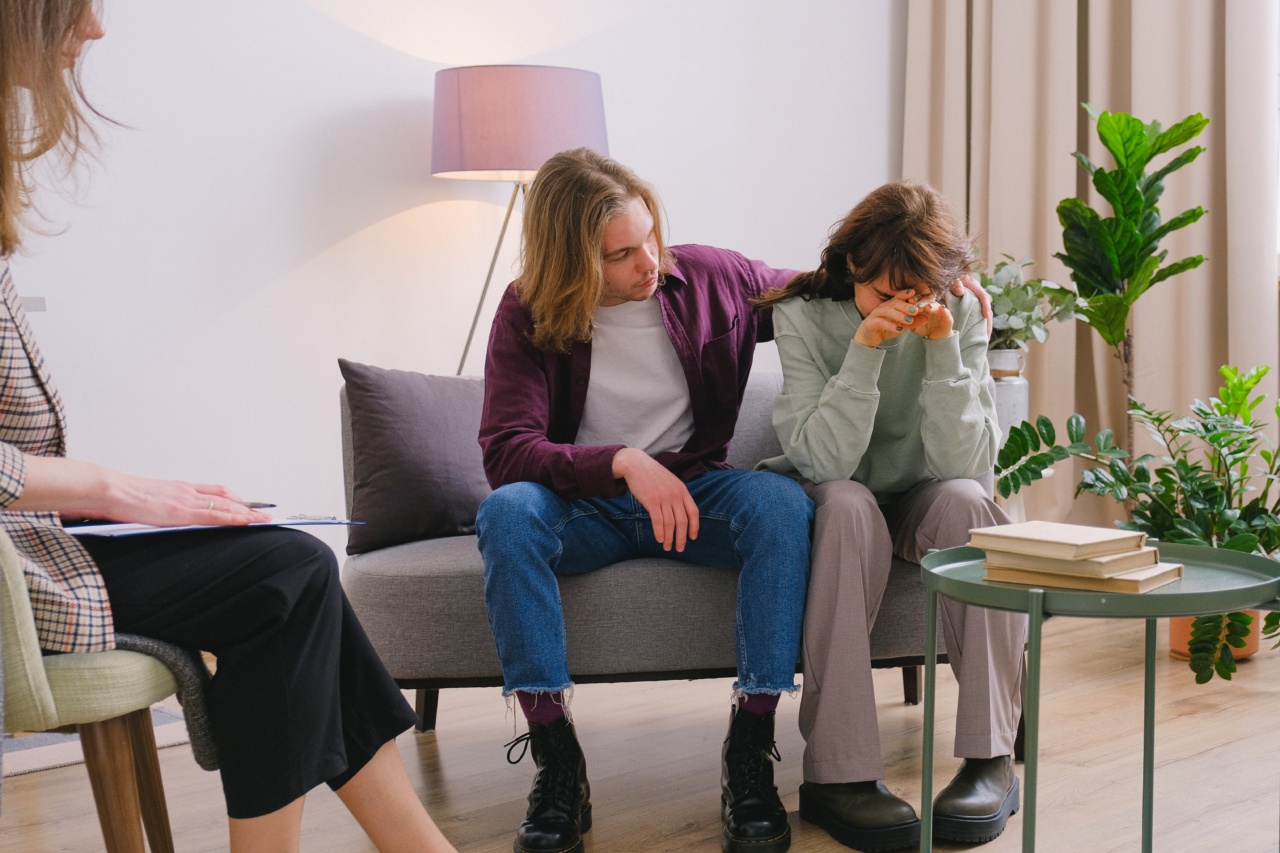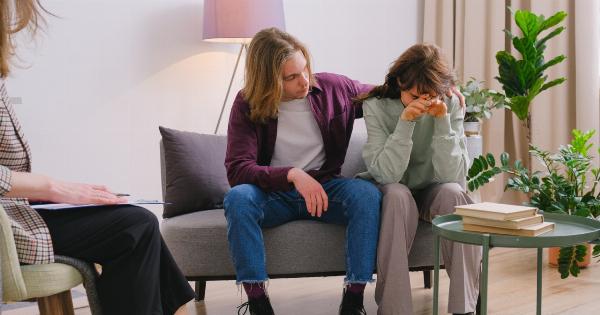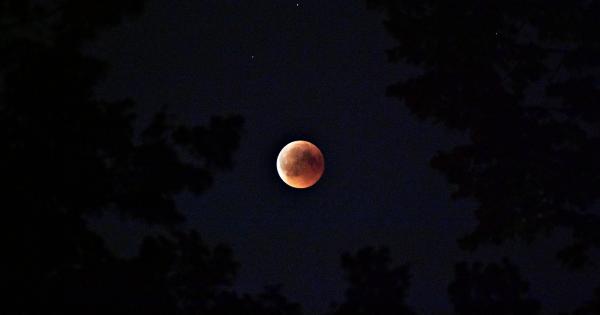Depression is a debilitating disorder that affects millions of people worldwide.
Traditional treatments such as medication and therapy are effective for many individuals, but there is a growing body of evidence supporting the use of light therapy as an alternative or adjunct treatment for depression. This non-invasive and safe therapy involves exposure to specific wavelengths of light to alleviate symptoms of depression. In this article, we explore the science behind light therapy and its potential benefits for those struggling with depression.
What is Light Therapy?
Light therapy, also known as phototherapy, is a treatment that involves exposure to artificial light to regulate the body’s internal clock and alter mood-related neurotransmitters.
It typically utilizes a lightbox or lamp that emits bright white light or specific wavelengths of light.
The Role of Light in Regulating Mood
Our bodies have a natural circadian rhythm, which is the internal process that regulates our sleep-wake cycle. Sunlight plays a crucial role in maintaining this rhythm.
The light that enters our eyes triggers the suppression of melatonin, a hormone that promotes sleep, and promotes the release of serotonin, a neurotransmitter associated with mood elevation.
During the shorter and darker days of winter, some individuals experience a condition called seasonal affective disorder (SAD), characterized by depressive symptoms.
This decrease in sunlight exposure disrupts the natural balance of melatonin and serotonin, leading to feelings of fatigue, sadness, and lack of motivation. Light therapy aims to restore this balance by exposing individuals to bright light, thus effectively regulating their mood.
How Does Light Therapy Work?
Light therapy works by stimulating light-sensitive cells in the retinas of our eyes. These cells transmit electrical signals to the suprachiasmatic nucleus (SCN), a small region in the brain responsible for regulating our circadian rhythm.
The SCN then sends signals to other areas of the brain that control mood, such as the pineal gland, which regulates melatonin production, and the hypothalamus, which influences neurotransmitters like serotonin and dopamine.
Exposure to light helps synchronize our internal clock, suppress melatonin production, and elevate serotonin and dopamine levels. By doing so, light therapy can help alleviate depressive symptoms and improve overall well-being.
Types of Light Therapy
There are several types of light therapy that can be used to treat depression:.
1. Bright Light Therapy
Bright light therapy involves daily exposure to intense, full-spectrum light from a lightbox or lamp. The light emitted by these devices is much brighter than regular indoor lighting, often ranging from 2,500 to 10,000 lux.
Sessions typically last from 20 minutes to a few hours, depending on the individual’s needs and the specific device being used.
It is important to position yourself correctly in relation to the light source to achieve the desired effects. The light should enter through your eyes without directly looking at the source, as direct exposure can be harmful.
2. Dawn Simulation
Dawn simulation involves using a specialized device that gradually increases the lighting in your room, mimicking a natural sunrise.
This gentle and slow increase in light can help regulate your sleep-wake cycle and improve mood upon awakening, making it particularly useful for individuals with seasonal affective disorder.
3. Blue Light Therapy
Blue light therapy specifically targets the blue wavelengths of light, which have been shown to have a significant impact on our mood and sleep patterns.
Blue light is believed to directly affect the production of melatonin and help regulate circadian rhythm disturbances. It is often used to treat sleep disorders related to depression or other psychiatric conditions.
Evidence for Light Therapy’s Effectiveness
Over the years, numerous studies have investigated the efficacy of light therapy in treating depression. Here are some key findings:.
1. Seasonal Affective Disorder
A significant body of research supports the use of light therapy as a first-line treatment for seasonal affective disorder.
Multiple studies have shown that daily exposure to bright light can effectively reduce depressive symptoms, improve mood, and restore normal sleep patterns in individuals with SAD.
2. Non-seasonal Depression
While light therapy is often associated with seasonal affective disorder, research suggests it may also be beneficial for individuals with non-seasonal depression.
Several studies have found that light therapy can be as effective as antidepressant medication in alleviating symptoms of depression in non-seasonal cases.
3. Bipolar Disorder
Some research suggests that light therapy may be useful in managing depressive episodes associated with bipolar disorder.
Light therapy has shown promise in reducing the duration and severity of depressive symptoms in individuals with bipolar disorder, particularly during the winter months.
4. Sleep Disorders
Light therapy can also be effective in addressing sleep disturbances commonly associated with depression. By regulating circadian rhythm disruptions and melatonin production, light therapy can help improve sleep quality and reduce insomnia symptoms.
Considerations and Precautions
While light therapy is generally considered safe and well-tolerated, there are a few considerations to keep in mind.
1. Light Intensity
The therapeutic effects of light therapy depend on the intensity of the light source. Lightboxes or lamps used in therapy should emit a minimum of 2,500 lux to be effective.
It is crucial to check the light intensity specifications of any device you plan to use and ensure it meets the recommended standards.
2. Duration and Timing
The duration and timing of light therapy sessions can vary depending on individual needs and the type of disorder being treated.
It is essential to follow the instructions provided by healthcare professionals or device manufacturers to ensure optimal results. Some individuals may benefit from morning light therapy, while others may find evening sessions more effective.
3. Potential Side Effects
Light therapy is generally safe, but some individuals may experience side effects such as eye strain, headache, or nausea. These side effects are usually mild and temporary, but if they persist, it is advisable to consult a healthcare professional.
People with certain eye conditions or taking medications that increase sensitivity to light should discuss light therapy with their doctor before starting treatment.
Conclusion
Light therapy provides a promising alternative or adjunct treatment for depression and related disorders. By harnessing the power of light, this therapy can regulate mood, improve sleep patterns, and alleviate depressive symptoms.
Whether you experience seasonal affective disorder, non-seasonal depression, bipolar disorder, or sleep disturbances, light therapy may offer you a safe and effective way to find relief from your symptoms and enhance your well-being.






























